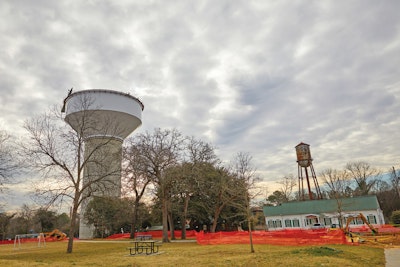The Macon Water Authority is a testament to the value of master planning.
In 2018, a new industrial customer, Irving Tissue, began plans to construct a production facility in the Georgia community, and a major reason why Macon was chosen was the detailed master plan it had...










